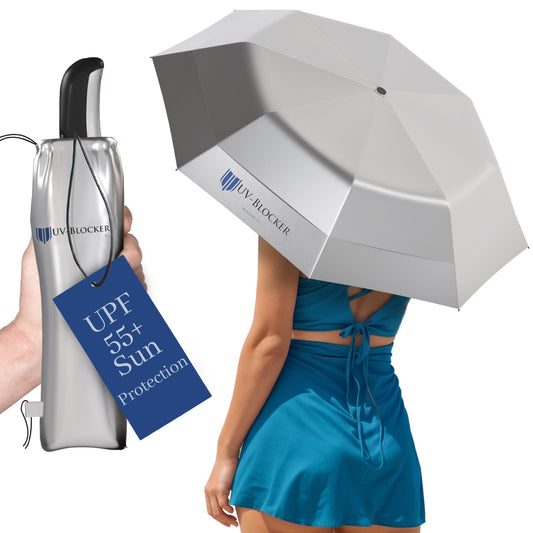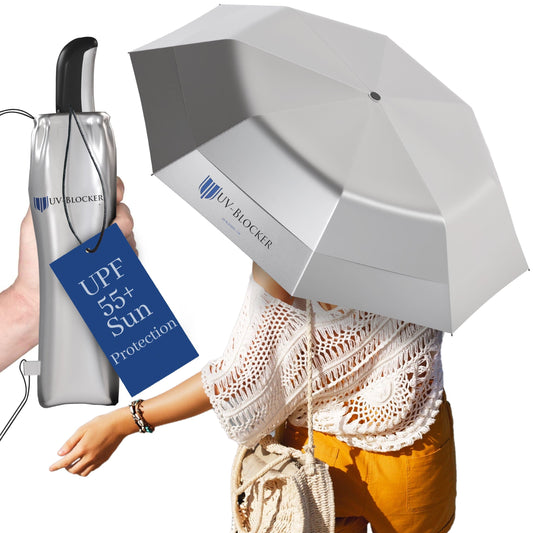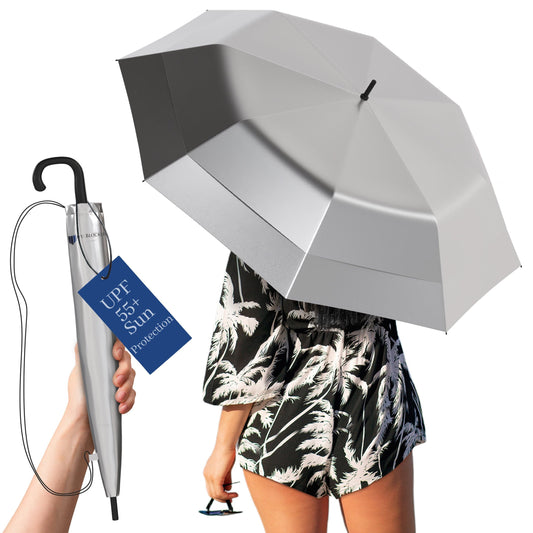A day at the beach should be relaxing, not frustrating. But when your beach umbrella with UV protection starts to break down, especially in the middle of summer, that calm day can quickly turn into a hassle. One of the most common issues is a broken or bent rib—the parts of the umbrella that support the canopy and keep its shape. If one snaps or comes loose, the whole structure can sag or collapse, leaving you without proper shade.
The good news is, broken ribs can often be fixed without replacing the entire umbrella. Repairing this part helps extend the lifespan of your umbrella and keeps your sun protection working the way it should. Whether your umbrella was damaged from a gust of wind or just from regular wear and tear, knowing how to spot the issue and fix it the right way can help you avoid future problems. Let’s take a look at how to catch the problem early and the tools you'll need if you're planning a simple repair.
Identifying The Problem
Before jumping into any repair job, it's important to get a clear look at what’s going wrong. With beach umbrellas, especially ones designed with UV protection, keeping a strong frame is key. That support begins with the ribs—if they’re cracked, bent, or detached, your umbrella won’t hold up well in the sun or the wind.
Here’s how you can check for damage and get ready to fix it:
1. Open the umbrella fully in a safe, open space where the sun can help you see better. Make sure it’s stable, so it doesn't tip or close while you're inspecting.
2. Look along each rib to see if any parts are bent, cracked, or disconnected at the joints.
3. Check the connectors where ribs meet the center shaft or stretchers. Damage near these points is common.
4. Pay attention to unusual shape — if the umbrella canopy isn’t opening evenly or looks lopsided, that usually points to a rib that’s out of place.
Some common causes of broken ribs include:
- High wind snapping ribs during sudden gusts
- Folding or storing the umbrella without locking parts first
- Corrosion or aging in the joints or screws
- Being dropped or hit during transport
Once you’ve identified the damage, gather the tools you’ll need to fix it. These might include:
- A replacement rib or splint
- Small screwdriver or wrench
- Zip ties or sturdy string for temporary holds
- Needle-nose pliers
- Duct tape or epoxy for temporary repairs
Keep in mind, some umbrellas are designed with more flexible frames while others lean on full metal support, and that can change how a repair is done. Always make sure any replacement parts match your umbrella’s type and size to avoid weakened support. Starting with a careful inspection makes the rest of the process much easier and helps you avoid patching the wrong spot.
Step-By-Step Guide To Repairing Broken Ribs
Once you’ve identified the broken rib and gathered the tools, it’s time to fix the issue. You’ll need to be patient and take your time, especially if the damage is close to a joint or connector. The goal is to restore strength and balance to the frame so the umbrella continues to hold its shape and block UV rays efficiently.
Follow these steps to get started:
1. Remove any torn fabric or material that’s in the way of the rib you’re repairing. Carefully pull it back so you have full access to the damaged area.
2. If the rib is disconnected from the hub or stretcher, reattach it using the existing screw, or replace it with one that matches. Use needle-nose pliers to guide small parts into place.
3. If the rib is cracked or bent, replace the whole rib if you have a spare. If not, secure a splint to both sides of the break using small screws or zip ties until the part is stable.
4. Avoid over-tightening any screws. That can create stress points and weaken the support.
5. Once the rib is fixed, gently open and close the umbrella a few times to make sure everything works smoothly. Check that the canopy opens evenly now and that no strain is being placed on the repair.
Take your time with the repair and don't rush it. If you patch it in a hurry, it could lead to more damage. One customer once tried taping a cracked rib with regular masking tape and ended up with a saggy umbrella after five minutes in the wind. Stronger methods and the right tools matter. If things seem too tricky or the damage is near delicate spring-loaded points, repairing it on your own may cause further problems. Getting expert help is a better call in that case.
Preventing Future Damage To Umbrella Ribs
After fixing a rib, it's smart to figure out how to avoid the same thing happening again. A few good habits can go a long way in helping your umbrella stay strong through many more sunny days.
Here are some useful tips to prevent future damage:
- Always close the umbrella during strong winds or when it’s not in use. Sudden gusts can bend or snap the ribs.
- Don’t force it open or closed. If something feels stuck, stop and inspect the mechanism before pushing harder.
- Make sure the umbrella is clean before storing it. Natural build-up like sand, salt, or moisture can eat away at rib joints over time.
- Use a carrying sleeve whenever transporting it. This helps prevent accidental drops or hits that may damage the frame.
- Store it in a dry, shaded area to avoid material breakdown, especially around hinges and stretchers.
These tips can help lower the wear you put on the moving parts every time you use your beach umbrella with UV protection. By treating the ribs carefully, you’ll keep the entire structure more stable and flexible, which is key to enjoying stress-free shade all summer.
Proper Maintenance Tips
Staying ahead of minor damage is much easier than dealing with a full break while you’re relaxing at the beach. A quick check every now and then helps you catch weak joints, loose screws, or signs of wear before things go sideways.
Here’s what to check as part of a regular maintenance routine:
- Open your umbrella fully at home before your trip. There’s no real fix available when you're already at the beach without tools.
- Tighten any screws or bolts that seem loose, but don’t overtighten.
- Inspect each rib for straightness and look for buildup or strain near joints.
- Wipe down the ribs with a damp cloth to remove sand or salt that can build up over time. Dry it off well before folding.
- Rotate use if you have more than one umbrella. This takes pressure off specific hinges and joints.
Think of it like checking the tires on your car. A little attention now can save you from trouble later. Plus, getting the most out of the umbrella you already have is better for your wallet and the planet.
Keep Your UV Beach Umbrella In Top Shape
Taking the time to make basic repairs and give your umbrella routine care can bring peace of mind when you're outside soaking up the sun. A small issue like a cracked rib doesn’t have to end a beach day. Spotting the problem early and handling it with care helps you get full shade and keeps the umbrella standing tall.
Maintenance doesn’t have to take long or be complicated. With a quick check before each trip and good habits when setting up and packing away, your umbrella will last longer and perform better. A stable frame means reliable UV coverage, which is exactly what you want on a sunny afternoon. Keeping it together with just a little bit of effort makes all the difference.
Regular maintenance and timely repairs keep your outdoor gear in top shape and make beach days as relaxing as they should be. If you're looking to upgrade or need a sturdy replacement, explore our collection and find the right beach umbrella with UV protection at UV-Blocker. Our umbrellas are made to deliver lasting comfort and reliable shade, so you can enjoy your time outdoors without worry.








